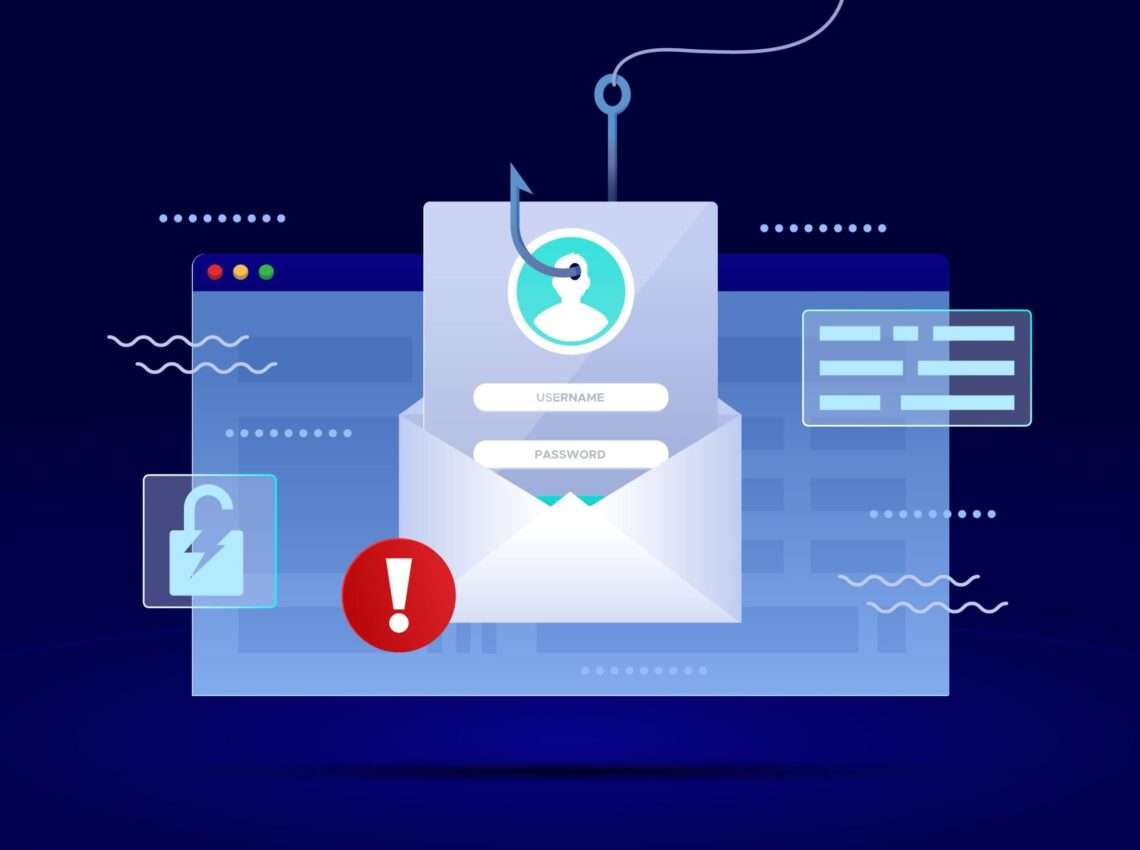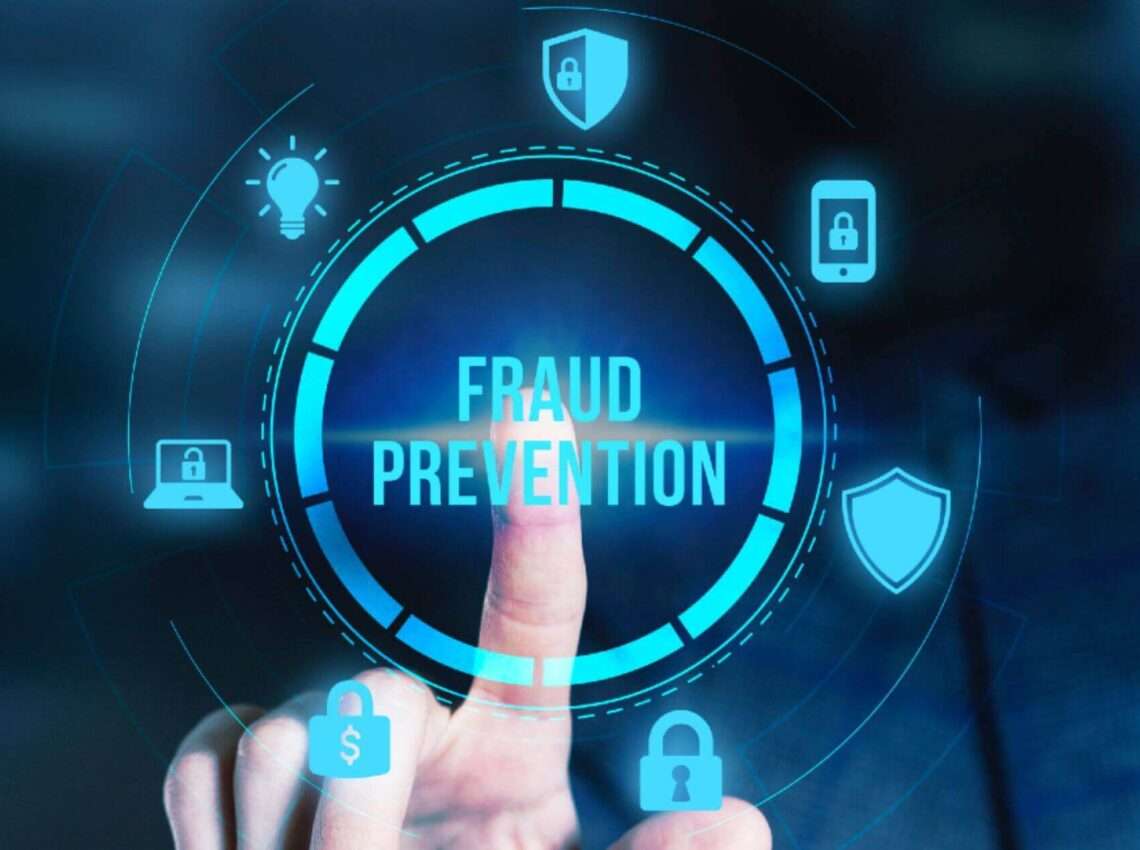Introduction
Spam is a pain. We get bombarded by unwanted messages, trying to sell us things we don’t need or trick us into clicking suspicious links. It is, however, more than an inconvenience – it is a tool that cybercriminals use to steal our personal information and money.
What Is Email Spam?
Spam e-mails can be viewed as digital versions of junk mail. Messages are unsolicited and often malicious. The email might appear to be from your bank or a friend, but it is actually a scam.
The Rise of Email Spam in Cybercrime
The fact that email spam is cheap and reaches so many people makes it popular with cybercriminals. With more of our lives moving online, crooks are becoming more sophisticated. Using sneaky tactics, they are able to bypass filters and trick even the most knowledgeable users. We’ll look at three common ways they do it.
Tactic 1: Phishing Emails
What Are Phishing Emails?
Phishing emails are like digital bait. It is common for scammers to cast them out in an attempt to catch unsuspecting victims. These messages appear to come from trusted sources, such as your bank or a popular website. Their goal? To trick you into giving away sensitive information or clicking on dangerous links.
How Phishing Emails Trick Users
These emails play on our emotions and habits. They might claim there’s a problem with your account or offer an amazing deal. The urgency makes you act without thinking. Some even copy real company logos and writing styles to look legit. The online version of a wolf in sheep’s clothing.
How to Identify Phishing Emails
Look for red flags. It’s a big clue if your email address is weird, if there are spelling mistakes, or if the greeting is generic. You should be wary of emails requesting personal information. There is probably something wrong if something feels off. Trust your gut.
Preventing Phishing Attacks
Stay sharp and skeptical. Unexpected emails should not be clicked on or attached to. Rather than responding to an email, call your bank directly. Passwords should be strong and unique, and software should be kept up-to-date. These simple steps can save you from big headaches.
Tactic 2: Malware-Infested Attachments
How Cybercriminals Hide Malware in Attachments
Cybercriminals are skilled at sneaking up on their victims. It hides nasty software in innocent-looking attachments. These files might seem harmless, like a funny picture or important document. But when you open them, bam! Your computer’s infected. They use file types we’re used to seeing, like PDFs or Word docs. Some even create fake icons to trick you.
Types of Malware Commonly Sent Via Email
There’s a whole zoo of digital nasties out there. Viruses that spread and damage your files. Those sneaky Trojans that steal your data. You’re locked out of your computer by ransomware. It is possible to install a keylogger that records everything you type. In their own way, they are all bad news.
How to Detect and Avoid Malware in Emails
Whenever you get an attachment you didn’t expect, be suspicious. Even if it seems to be from someone you know, double-check. Look closely at file extensions – .exe or .scr are red flags. Keep your antivirus updated and scan attachments before opening. If an email’s pushing you to download something urgently, that’s fishy. When in doubt, reach out to the sender directly to confirm. Better safe than sorry!
Tactic 3: Fake Promotional Offers and Scams
How Cybercriminals Use Fake Offers to Lure Victims
There are a lot of cybercriminals out there. Offers that are irresistible bait their hooks. “Free iPhone!” “You’ve won a vacation!” These fake deals catch our eye and pique our interest. Everyone is looking for a good deal, so they know we are all looking for one. So they craft emails that play on our desires and hopes. The goal? To get us to click, share info, or even send money.
Recognizing Fake Promotional Emails
Real deals rarely fall from the sky. It’s probably not true if it sounds too good to be true. Look for pressure tactics like “Limited time offer!” or “Act now!” Legit companies don’t rush you. Check the sender’s email address. Scammers often use addresses that look almost right, but not quite. Poor grammar or weird formatting are also red flags. Real businesses take pride in their communication.
How to Protect Yourself from Email Scams
Stay skeptical. Don’t let excitement cloud your judgment. Research the company and offer independently. Never click links in suspicious emails. Instead, go directly to the company’s official website. Be stingy with your personal info. Legit promotions don’t need your social security number. Use strong, unique passwords for all accounts. When possible, enable two-factor authentication. To ensure the safety of your money and identity, a little caution goes a long way.
Why Do People Fall for These Tactics?
We’re all human. That’s why these scams work. It’s easy to get tricked, even by smart people. It is not about being stupid. It’s about how our brains work.
Psychological Manipulation in Spam Emails
Scammers are like evil psychologists. They know what makes us tick. They play on our trust. An email from your “bank” feels safe. They use familiar logos and language. It all looks legit at first glance.
They also tap into our desires. Who doesn’t want a great deal or easy money? Our brains light up at the thought of winning or saving big. Logic takes a backseat to excitement.
Sometimes, they make us feel special. “You’ve been selected!” It’s flattering. We want to believe we’re lucky or chosen. This good feeling can cloud our judgment.
The Impact of Urgency and Fear
Urgency is a scammer’s best friend. “Act now or lose out!” This pushes us to decide quickly. When we rush, we make mistakes. We don’t take time to think things through.
Fear is another powerful tool. “Your account will be closed!” “You owe money!” These scary messages make us panic. When we’re afraid, we often act without thinking clearly.
Scammers use a mix of these tactics. They know that emotions often overpower logic. People can fall for these tricks even if they’re cautious. Protecting ourselves begins with understanding how they operate.
Best Practices for Email Security
You don’t have to be a rocket scientist to stay safe online. It is about developing good habits. Keeping your inbox and information secure is easy.
Avoiding Suspicious Links and Attachments
Think before you click. That’s the golden rule. Hovering over a link shows where it goes. If it looks fishy, don’t bite. Be extra careful with shortened URLs. They can hide nasty surprises.
Attachments can be tricky too. Even if it’s from a friend, ask yourself: “Was I expecting this?” If not, double-check with them first. File types like .exe or .zip are often bad news. When in doubt, leave it out.
Some emails might say “Enable macros” or “Download to view.” Don’t fall for it. That’s how a lot of malware sneaks in. If you really need to see something, go to the official website instead.
Regularly Updating Software and Antivirus Programs
Updates are annoying, right? But they’re super important. They patch up holes that hackers love to exploit. Set your computer to update automatically. Same goes for your phone and tablet.
Good antivirus software is like a digital bodyguard. But it needs to stay in shape. Make sure it updates regularly too. New threats pop up all the time. Your antivirus needs to keep up.
Don’t forget about your email program and web browser. They need updates too. Old versions are easier for bad guys to crack.
These simple steps can save you a world of trouble. Stay sharp, stay updated, and you’ll be much safer online.
Frequently Asked Questions (FAQs)
We get a lot of questions about email security. Here are answers to some common ones. They’ll help you stay safe in the digital world.
What should I do if I accidentally click on a phishing email?
Oops! We’ve all been there. First, don’t panic. Act fast, though. Change your passwords right away, especially if you entered any info. Use a different device to do this. Run a full virus scan on your computer. Keep an eye on your accounts for weird activity. If you shared financial info, call your bank. They can help protect your accounts. Consider freezing your credit too. It’s better to be safe than sorry.
Can spam emails infect my device even if I don’t open attachments?
Short answer: Yes, sometimes. Modern emails can be sneaky. Some use “preview panes” to run bad code. Others have hidden scripts that load when you open the email. Good news is, most email providers block these tricks. To stay extra safe, set your email to show plain text only. This stops a lot of the fancy, but potentially dangerous, stuff. Always keep your email program updated. New versions fix security holes that bad guys exploit. Remember, not opening attachments is smart, but it’s not a 100% guarantee. Stay alert with every email you get.
Conclusion
Recap of Common Email Spam Tactics
Let’s wrap this up. We’ve covered a lot of ground. Remember those three big tactics? Phishing emails try to trick you into giving away info. Malware attachments can infect your device. Fake offers lure you in with too-good-to-be-true deals. These tricks work because they play on our emotions and habits. Scammers are crafty, but now you’re wise to their game.
Final Tips for Staying Safe Online
Staying safe online is all about being smart and careful. Always double-check before you click. If an email seems fishy, it probably is. Keep your software updated – it’s like giving your digital defenses a boost. Use strong, unique passwords for all your accounts. Two-factor authentication is your friend. It adds an extra layer of security.
Remember, you’re not alone in this fight. Your email provider and antivirus software are on your side. They work hard to catch threats before they reach you. But they’re not perfect. Your own alertness is the best defense.
Don’t let fear rule you, though. The internet’s still an amazing place. Just navigate it with care, like you would any new city. Stay informed, stay alert, and you’ll be able to enjoy all the good stuff online has to offer. Happy (and safe) browsing!




